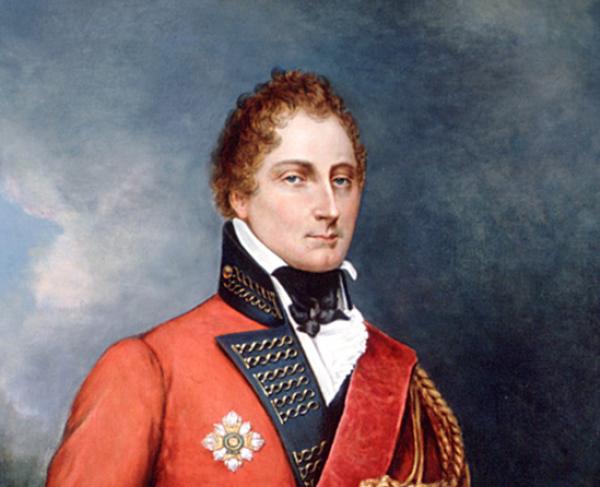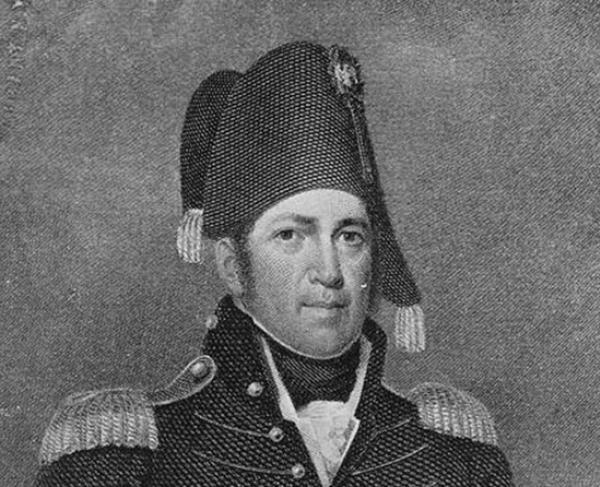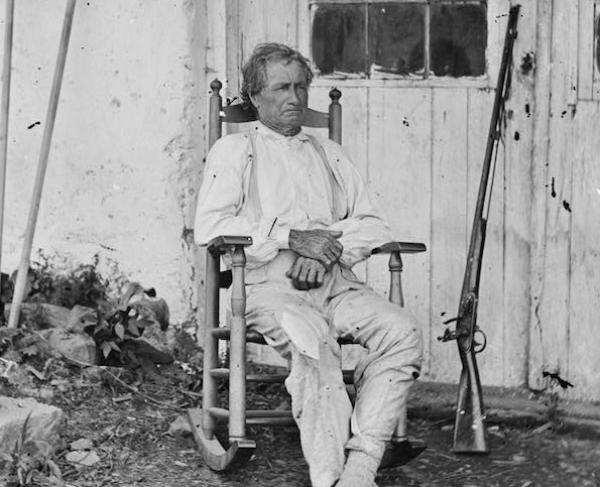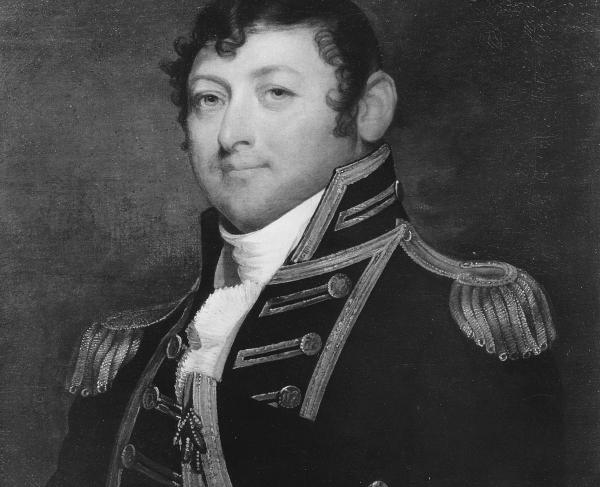Gordon Drummond

Gordon Drummond was born September 27, 1772 in Quebec and entered the army as an Ensign with the 1st Regiment of Foot in 1789. Drummond rose rapidly, promoted to Lieutenant in 1791, Captain in 1792, Major on February 28, 1794, and Lieutenant Colonel March 1, 1794. That year he saw his first action in the Netherlands, distinguishing himself at the Siege of Nijmegen. He was promoted to Colonel in 1798 and led the 8th Regiment of Foot during the Egyptian Campaign in 1801. In 1804, Drummond was promoted to Brigadier General and appointed to staff duties in Britain, later the same year he was promoted again to Major General. In 1808, he returned to Canada serving under Sir James Henry Craig. In that role he was promoted to Lieutenant General in 1811 and served as Commander of the Forces in Canada during the transition between Craig and Sir George Prevost, after which he assumed command of a military district in Northern Ireland. With the outbreak of the War of 1812, Drummond was transferred back to Canada to fill the void caused by the death of Isaac Brock, becoming Lieutenant Governor of Upper Canada in 1813. Drummond’s aggressiveness helped bolster the defense of Canada; he recaptured Fort Niagara, defeated the Americans at the Battle of Buffalo, and fought them to a bloody standstill at Lundy’s Lane, where he was badly wounded in the neck. After Lundy’s Lane Drummond pursued the American’s to Fort Eire where he unsuccessfully laid siege. Following the Siege of Fort Eire, both sides withdrew to recover their losses, and the war ended before another offensive could be mounted. Following the war Drummond maintained his position, eventually taking over as Governor General of Canada. He returned to Britain in 1816 and received a knighthood and promotion to General in 1825 for his service, although he never saw action again. Drummond died on October 10, 1854 at age 82.
Related Battles
853
878


